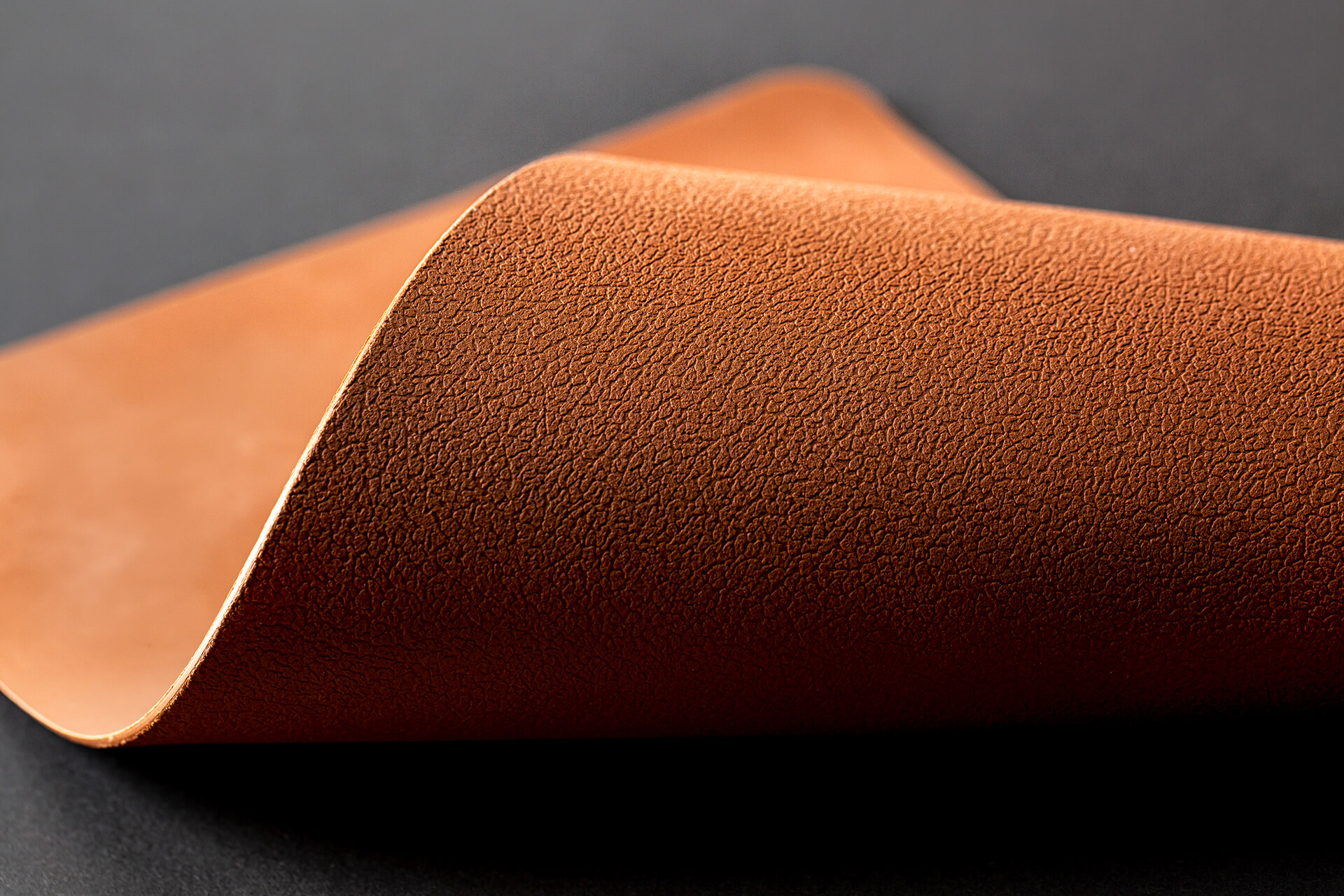
In the previous article, we have introduced some basis of MFI (melt flow index). Raw material suppliers and plastic manufacturers widely use it as the tests are easy to do. If the sample is more viscous under experiment temperature, as its fluidity, the MFI will be smaller. In contrast, if the material is less viscous, the MFI raises bigger. If we go further research, MFI is more related to the static extrudate at the melting point, which is somehow different from practical work in manufacturing. We will clarify some common myths of MFI in use as below.
Myth 1: If the MFI is smaller, it means the material is more viscous. In other words, the molecular mass will be larger, which results in a better performance in mechanical properties.
There is some misinterpretation from the above deduction. There are many factors affecting viscosity while material melting. Especially the additives can change it easily. For example, glass fibers or inorganic fillers are often used as reinforcement for plastic material. Polymer synthesis sometimes uses branching structure materials, while material modification uses chain extenders. Both of them make the content more viscous or say MFI smaller. As a result, MFI is not relative to molecular mass nor mechanical performance.
Myth 2: If the materials have the same MFI, the manufacturing temperature parameter is the same, and so do the quality.
This is a trap that manufacturers often fall into since raw material suppliers can mix up higher MFI pellets and lower MFI pellets to get a particular MFI material. For example, there are two materials, A and B; both of their MFI are 15. A is a material that only comprises pellets with MFI 15, while B is mixed up by pellets with different MFI. In this case, due to its mixed-up characteristic, B may result in unstable fluidity in manufacturing. It may also result in uncontrollable differences from the shrinkage ratio, warpage, or flow mark, and this may cause more severe residual stress problems eventually.
Myth 3: If the materials have the same MFI, the manufacturing process should be similar.
This is also a common myth from manufacturers. Basically, MFI is tested under a fixed temperature and with a minimized velocity. However, in practical processes, the plastics are melted dynamically with different temperatures set. For some materials, viscosity corresponded to temperature or velocity. For example, the viscosity of PP (or PE) is less affected by processing temperature or velocity, so it has a bigger process window. In contrast, the viscosity of polyester material (i.e., PET, PBT, PC) relates to temperature and processing velocity more directly. Thus, it has a smaller process window.
In conclusion, MFI is just a simple index for fluidity. For improving accuracy, manufacturers often used DMA devices in particular processes. A DMA device tests how temperature variation and vibration frequency affect storage modulus and help us have a better understanding of plastic material fluidity.
Ask for a quote: Thermoplastics, Thermoset Plastics

